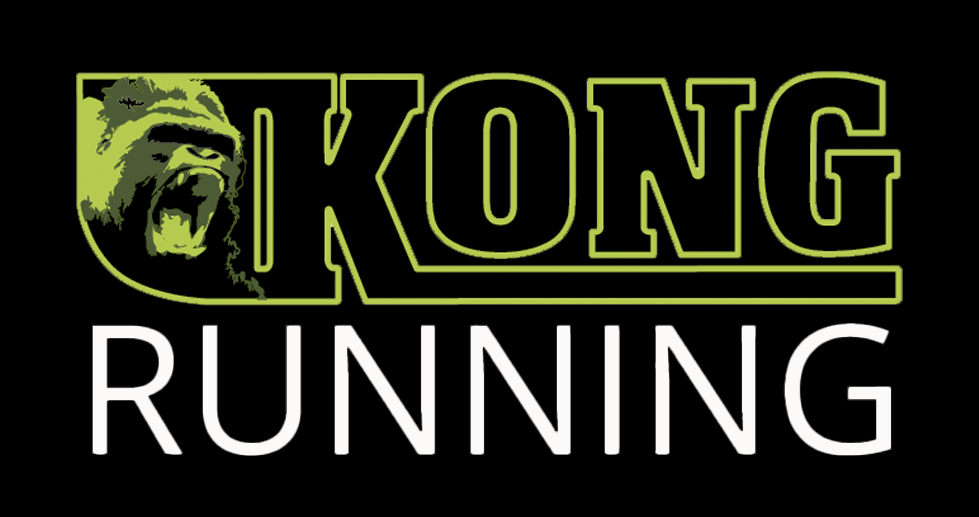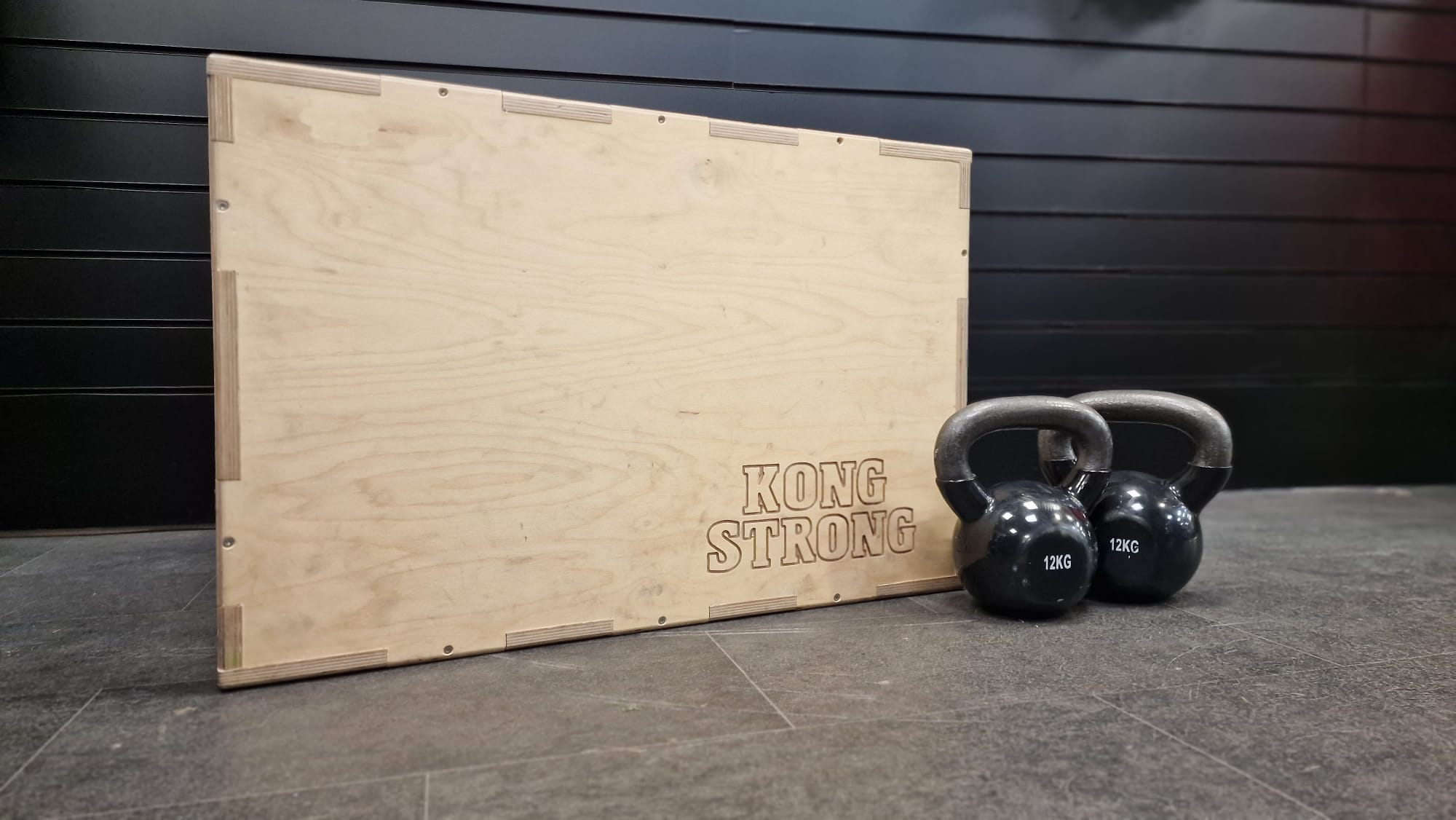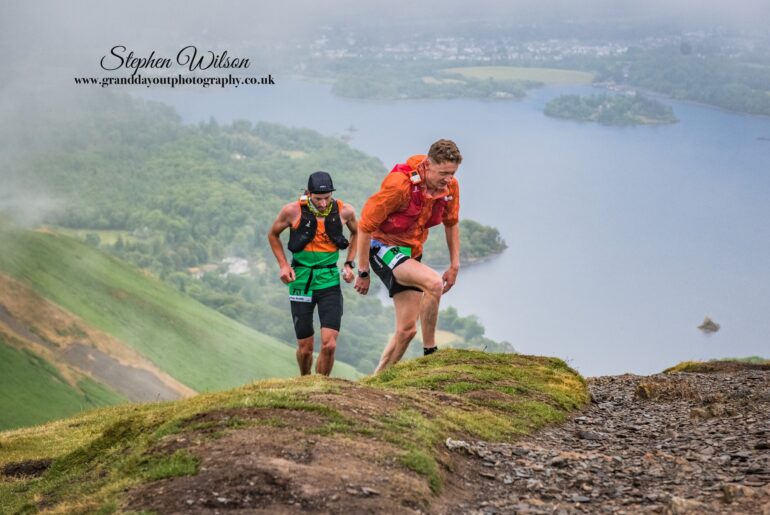STRENGTH & CONDITIONING FOR THE TRAIL & FELL
When it comes to running the trails and fells there are many aspects to your training that can make them feel ‘easier’, but is strength and conditioning one of them?
WHY IS STRENGTH WORK SO IMPORTANT FOR TRAIL RUNNERS?
Building a good, general strength and conditioning foundation can provide a number of benefits to your off-road running capabilities. It can help improve posture, mobility, movement patterns, reduce your risk of injury and develop a greater tolerance to exercise. These will undoubtedly aid you in becoming a more robust and stronger runner on the trails.
An example for you: think feet. Your feet take up to 3-5 times your body weight. Add to that the uneven surface you are negotiating while running off-road and the extra strain on the feet and joints compared to tarmac running is clear. Improving your ability to keep your feet and all that is above them in control is key. Specific strength for the trails is therefore an essential part of a training plan.
FULL BODY STRENGTH & CONDITIONING WORKOUT FOR TRAIL RUNNERS
Any strength training program is going to help (provided the exercises are done correctly!), but here are some of my favorite exercisers that really target the key areas for all runners! These movements will help activate and fire up the feet, glutes and core to help you run faster and stronger.
EQUIPMENT You’ll not need much or any really, just a chair and some weight if you’d like to challenge yourself a little more.
If you are new to strength work or even returning from an injury, I’d recommend starting with the following:
Weeks 1–4: 3 sets of 30 secs on 30 secs rest (1 min rest at the end of each set)
Weeks 5–8: 3 sets of 45 secs on 15 secs rest (1 min rest at the end of each set)
If you’re currently doing S&C work alongside your running and fancy adding a new routine in then I’d recommend doing the following (add some additional weight in for more of a challenge):
Weeks 1–4: 3/4 sets of 45 secs on 15 secs rest (1 min rest at the end of each set)
Weeks 5–8: 3/4 sets of 60 secs on 15 secs rest (1 min rest at the end of each set)
Use the following video tutorial alongside the exercise descriptions below.
MOVEMENT 1 – Single Leg Balance
Stand tall, engage/squeeze your glutes (backside), brace your core and bring one knee up to 90 degrees to the hip and bring your foot to dorsi-flexion (toes up towards your shin). To challenge yourself a little more, stand on a cushion.
MOVEMENT 2 – Pogo Jumps
Pogo jumps are a great way to build up tolerance and capacity in the lower leg, specifically in the ankle joint and Achilles tendon.
The key is to allow the ankles to do the work, and let the knees and hips come along for the ride. The idea is to utilise the elasticity of the lower leg while building stiffness in the Achilles tendon. Keep a good rhythm in these as you improve timing and coordination.
MOVEMENT 3 – Bulgarian Split Squat
Lift your right leg up behind you and place the top of your foot on a chair/bench. Your feet should still be about shoulder-width apart, and your right foot should be far enough in front of the bench where you can comfortably lunge. Lower straight down while keeping the posture tall, and drive back up through your front foot – the rear foot should act like a support, only for balance not drive.
MOVEMENT 4 – Lateral Lunge
Stand up straight with your feet together, take a wide step out to the right and lower that leg down into a lunge with the knee bent and in line with the foot. Sink your hips backward as you lunge. Keep the other leg straight but not locked at the knee. Both feet should have toes pointing forward. Push your right foot off the floor to return to standing.
MOVEMENT 5 – Single Leg Glute Raise
Lie on the floor with your feet flat and knees bent. Lift one leg off the floor and raise your knee towards your chest. Push through the heel of the foot still on the floor to lift your hips as far as you can while keeping your back straight. Return to the start position under control.
MOVEMENT 6 – Deadbug
Lie on your back and take your feet off the ground and bend the knee to 90 degrees with your toes pointed up. Extend your arms towards the ceiling with your hands directly above your shoulders. Now you look like a dead bug! Flatten your lower back by performing a posterior pelvic tilt (belly button to the floor) – maintain this the whole time. Take a deep breath in through the nose feeling 360-degree expansion. Extend your left arm behind you and your right leg in front of you at the same time and breathe out with your back glued to the ground. Return to the starting position and repeat on the other side.
Darren is a running coach based in the Lake District and we’re lucky enough to have him work with us here at Kong Running! You can find out more about Darren and what he offers on his website – DCH Coaching


